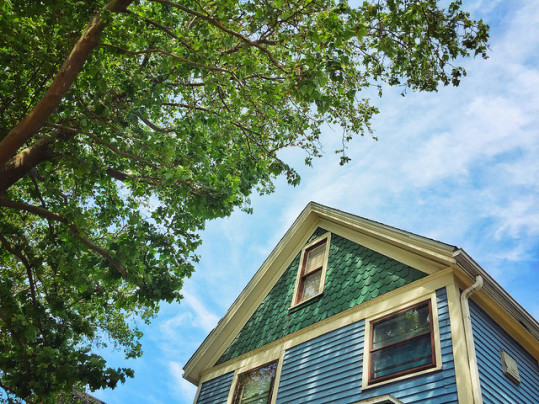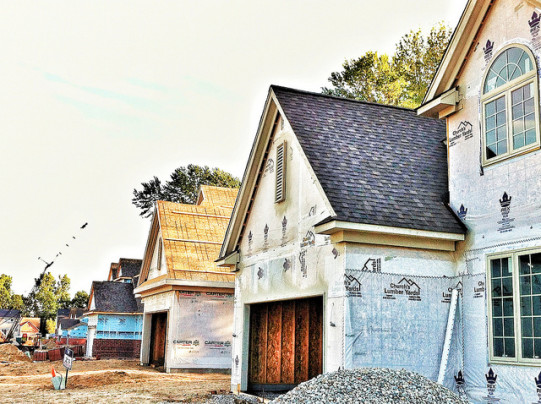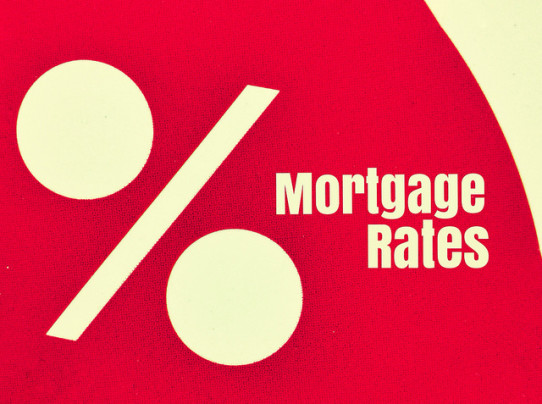It’s no surprise that the most common type of home buyer is married couples. After all, taking on something as financially complex and long term as buying a home isn’t the type of thing you do with someone you just met. More surprising, though, is which demographic group comes in second to married couples among recent buyers. According to data from the National Association of Realtors’ 2017 Profile Of Home Buyers And Sellers, single women made up 18 percent of home buyers from mid-2016 through June of this year – the highest share since 2011. That more than doubles the number of single men buying homes, which actually falls below unmarried couples at just 7 percent. On top of that, single women tend to buy more expensive homes than single men, despite the fact that they earn less. So what’s behind the large number of single women becoming homeowners? Well, according to the NAR, “solid job prospects, higher incomes, and improving credit conditions” were among the factors driving a higher number of unmarried women toward homeownership. More here.
Archive for October 2017
What It Means When A Home’s Sale Is Pending
There are a number of steps a home’s sale goes through between signing a contract to buy and finishing the closing process. During that time, the home’s sale is considered pending. Though the buyer’s offer has been accepted, the sale won’t be official for another few weeks. For this reason – and because most pending sales are expected to be completed successfully – they are considered a good indicator of future home sales. In fact, the National Association of Realtors tracks them each month as a way of forecasting where sales may be a month or so down the line. In September, the NAR’s Pending Home Sales Index found contract signings were flat from the previous month. But, though this might indicate home sales are beginning to slow, a closer look at the data shows that pending sales were actually up in the Midwest, Northeast, and West. The South, on the other hand, declined. According to Lawrence Yun, NAR’s chief economist, this is likely due to the recent hurricane in Florida. “Hurricane Irma’s direct hit on Florida weighed on activity in the South, but similar to how Houston has rebounded after Hurricane Harvey, Florida’s strong job and population growth should guide sales back to their pre-storm pace fairy quickly,” Yun said. In other words, though pending sales were flat for the month, they likely would’ve been higher if not for the impact of Hurricane Irma. More here.
New Home Sales Surge To 10-Year High
Sales of newly built single-family homes surged unexpectedly last month, according to new data released by the U.S. Census Bureau and the Department of Housing and Urban Development. In fact, sales were up nearly 19 percent from the month before and 17 percent over the same time last year. The increase was a surprise and far surpassed economists’ expectations, which called for a slight decline from August’s pace. All in all, any improvement in new home sales is encouraging news for the housing market. That’s because, demand for new homes spurs new residential construction, which helps alleviate upward pressure on prices by adding to the number of homes available for sale. In a competitive market, where there are more buyers than homes to buy, new home construction is among the quickest remedies for inventory shortages. However, though the gains are encouraging, new home sales data tends to be volatile from month-to-month and isn’t always reflective of the overall trend. Also in the report, the median sales price of new houses sold in September was $319,700. The average sales price was $385,200. More here.
Mortgage Rate Increase Hits Mortgage Demand
According to the Mortgage Bankers Association’s Weekly Applications Survey, average mortgage rates moved up last week causing a decline in demand for mortgage applications. In fact, total mortgage application volume – which includes purchase and refinance applications – fell 4.6 percent, though the number of home buyers requesting applications for loans to buy homes remains 10 percent higher than last year at the same time. According to Joel Kan, an MBA economist, rates were responding to news about upcoming fiscal policy. “Rates increased late last week as the market responded to news of a Senate budget plan which may positively impact tax reform progress and more speculation around the future leadership of the Federal Reserve,” Kan told CNBC. Whatever the reason behind the increase, mortgage rates are now at their highest level since July – though they still remain well below what is considered historically normal. The MBA’s weekly survey has been conducted since 1990 and covers 75 percent of all retail residential mortgage applications. More here.
Home Buyer Preferences In The Digital Age
There isn’t much we don’t do online these days. From buying groceries to sharing family photos, we increasingly rely on smartphones and the Internet to streamline our day-to-day lives. But though we like the convenience of online services and applications, there are some things that we still want to do face-to-face. According to a recent survey, buying a house is one of them. Americans say they like having mobile apps, websites, and social media available as additional sources of home buying information but put the most faith in their lender and real estate agent when it comes to trusting the information they’re receiving. In short, buying a house is a huge financial transaction and, while online resources can help make the process more efficient, they can’t replace the added confidence consumers feel when dealing with a professional who has years of experience and expertise in the local market. Many Americans say they find the mortgage and home buying process complicated, which is why a combination of online resources and professional guidance is usually a winning mix for successfully finding and buying a home. More here.
Number Of Showings Rises Year-Over-Year
The number of times a particular property is scheduled for a showing is a good indication of how much interest buyers have in that listing. Similarly, tracking showings on a nationwide basis can offer a big-picture look at home buyer trends and the level of overall interest in buying a house. According to recent numbers collected as part of the ShowingTime Showing Index, home showings increased 7.3 percent year-over year in September, with big increases seen in the Northeast and Midwest. In fact, the Northeast saw the biggest annual increase, rising 11.5 percent over the same time last year. The Midwest rose 8.3 percent and the West was up 7 percent. The South was relatively flat from last September, though that is likely due to the impact of recent hurricanes rather than any regional lag in buyer demand. Taken as a whole, the data suggests that there is growing interest in homeownership among Americans, with significant increases in the number of home showings across nearly every region. However, since home sales aren’t showing equally large gains, it could be an indication that there are a lot of interested buyers but not as many homes available for them to buy. More here.
September Home Sales Improve Slightly
After consecutive months of decline, sales of existing homes – including single-family homes, townhomes, condominiums, and co-ops – rose 0.7 percent in September, according to the National Association of Realtors. The improvement may have been even greater if not for lack of inventory in some markets and the effects of recent hurricanes in Texas and Florida. Lawrence Yun, NAR’s chief economist, says the fact that there are too few homes for sale has been holding the housing market back, as there has been no shortage of interested home buyers this year. “Realtors this fall continue to say the primary impediments stifling sales growth are the same as they have been all year: not enough listings – especially at the lower end of the market – and fast-rising prices that are straining the budgets of prospective buyers.” But while inventory has been an issue this year, recent data shows listings have been on the rise lately. In fact, they were up another 1.6 percent in September. And, following the busy summer sales season, competition for available homes usually begins to cool, meaning there may be good opportunities for potential home buyers who want to take advantage of improved conditions this fall. More here.







